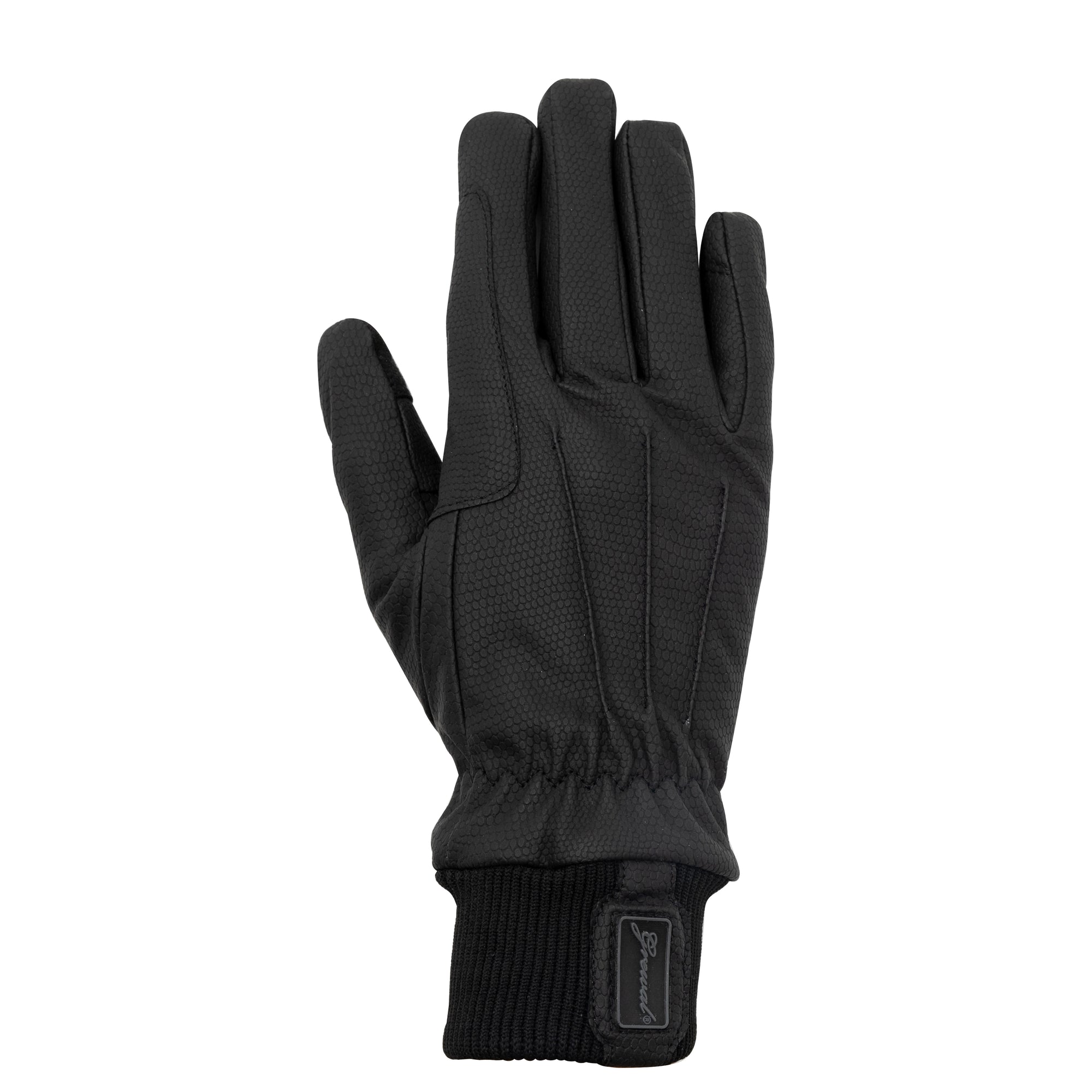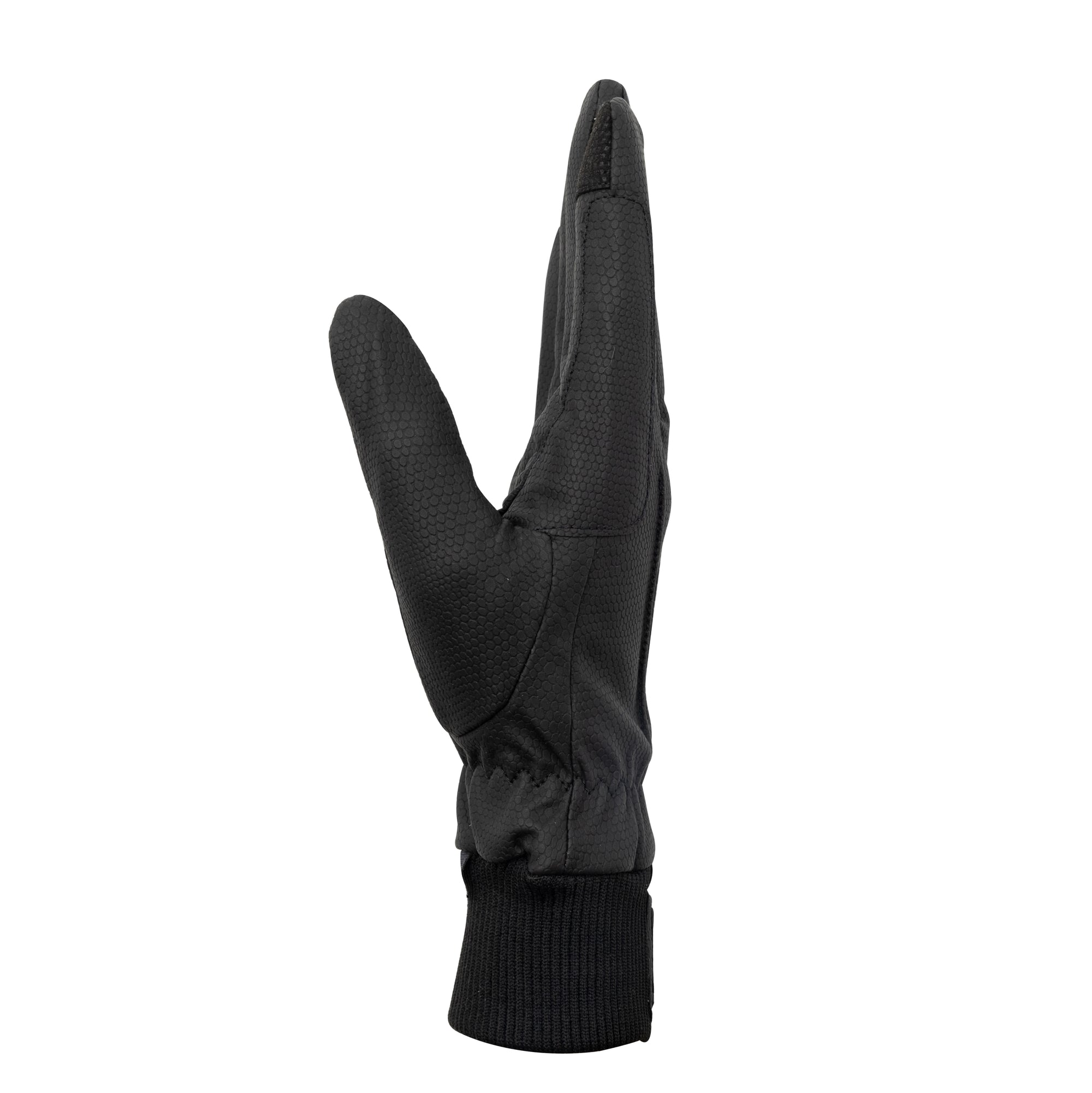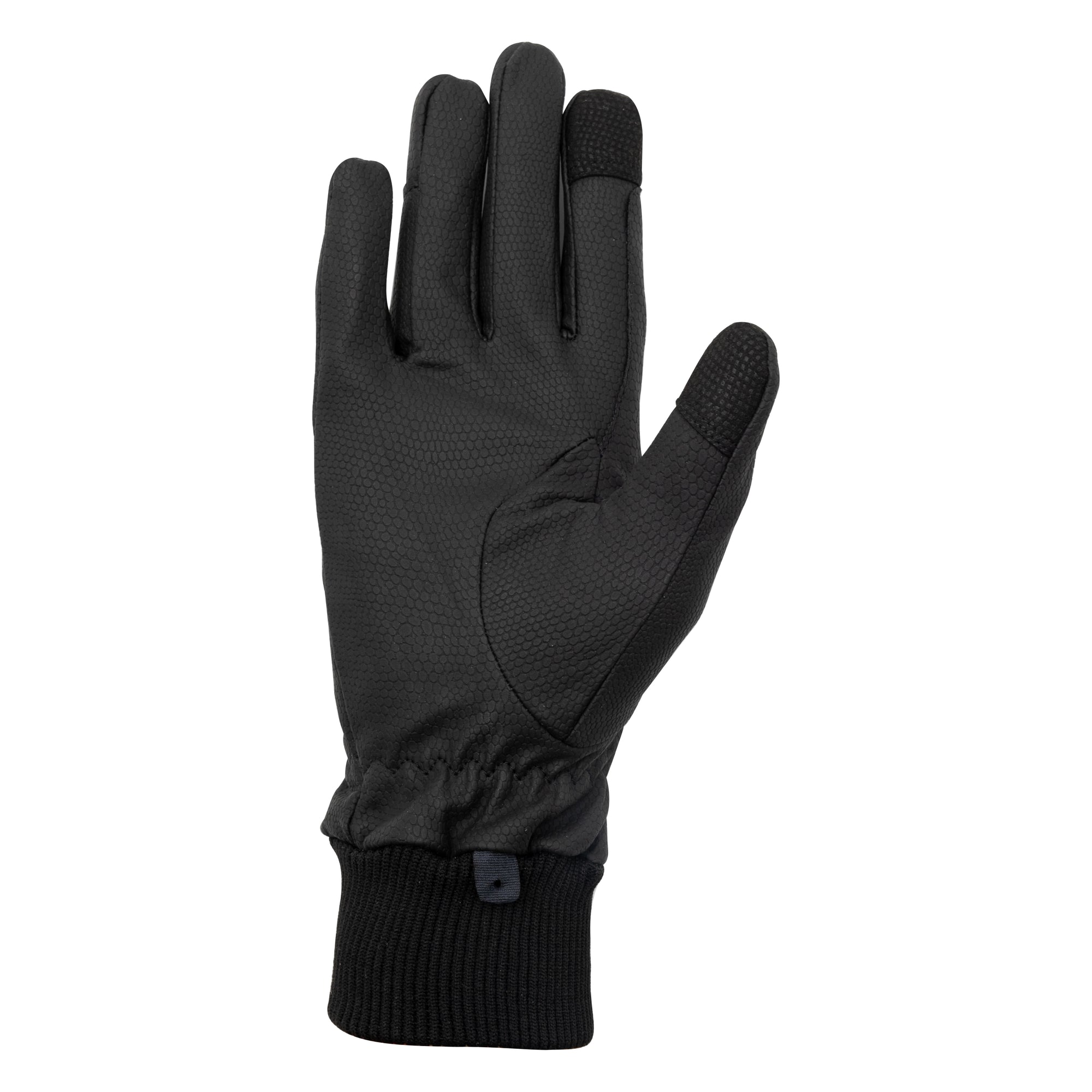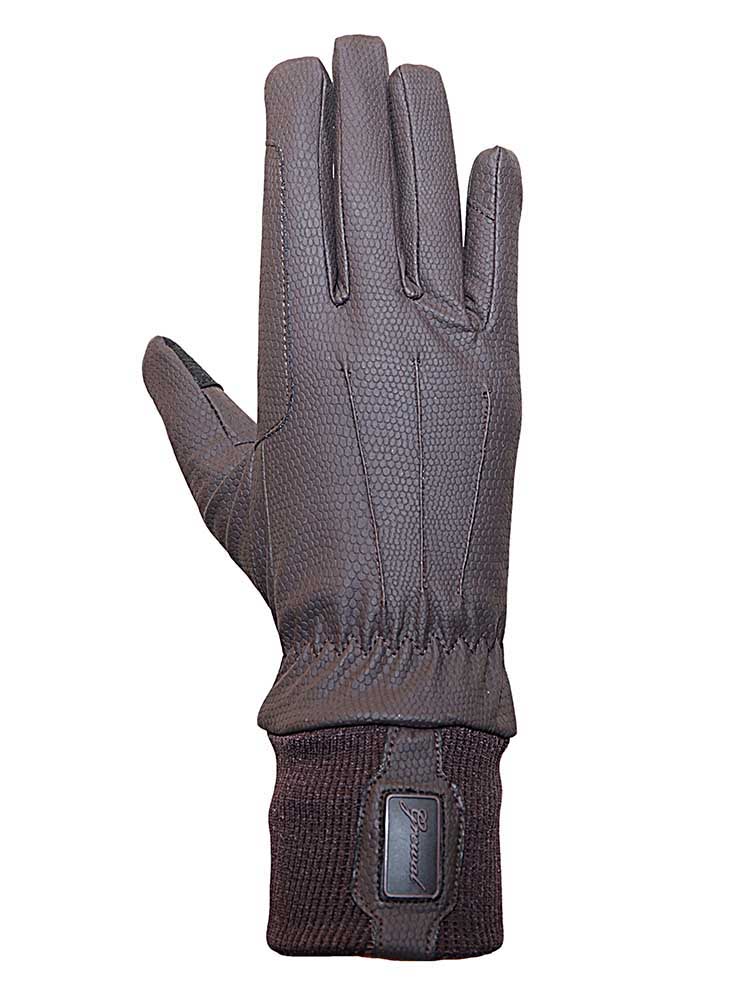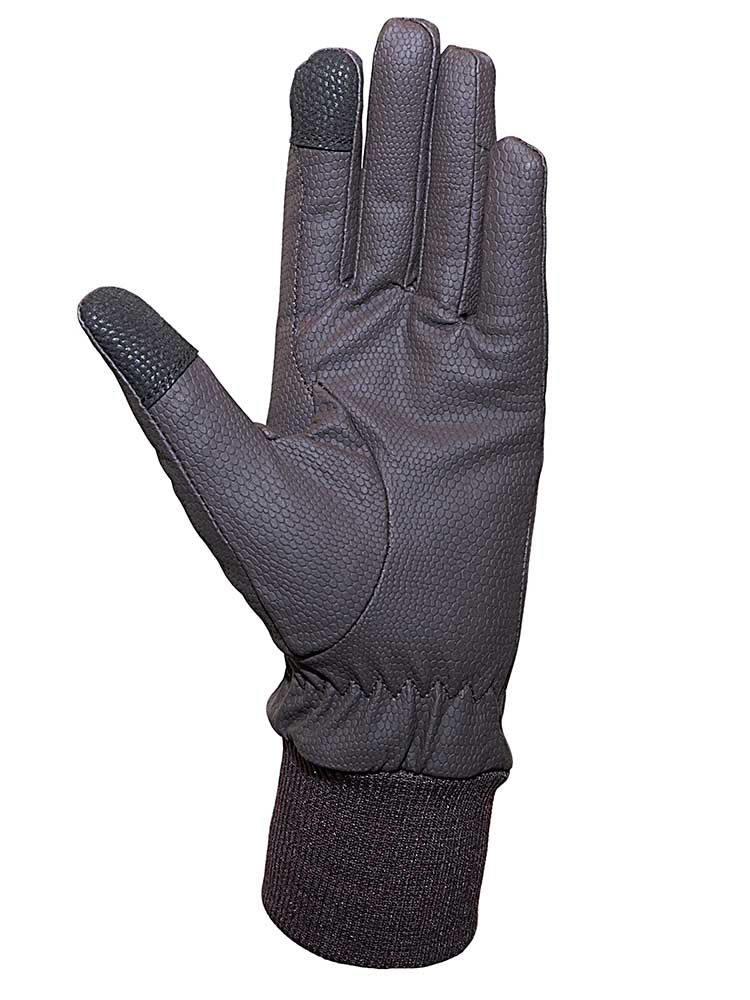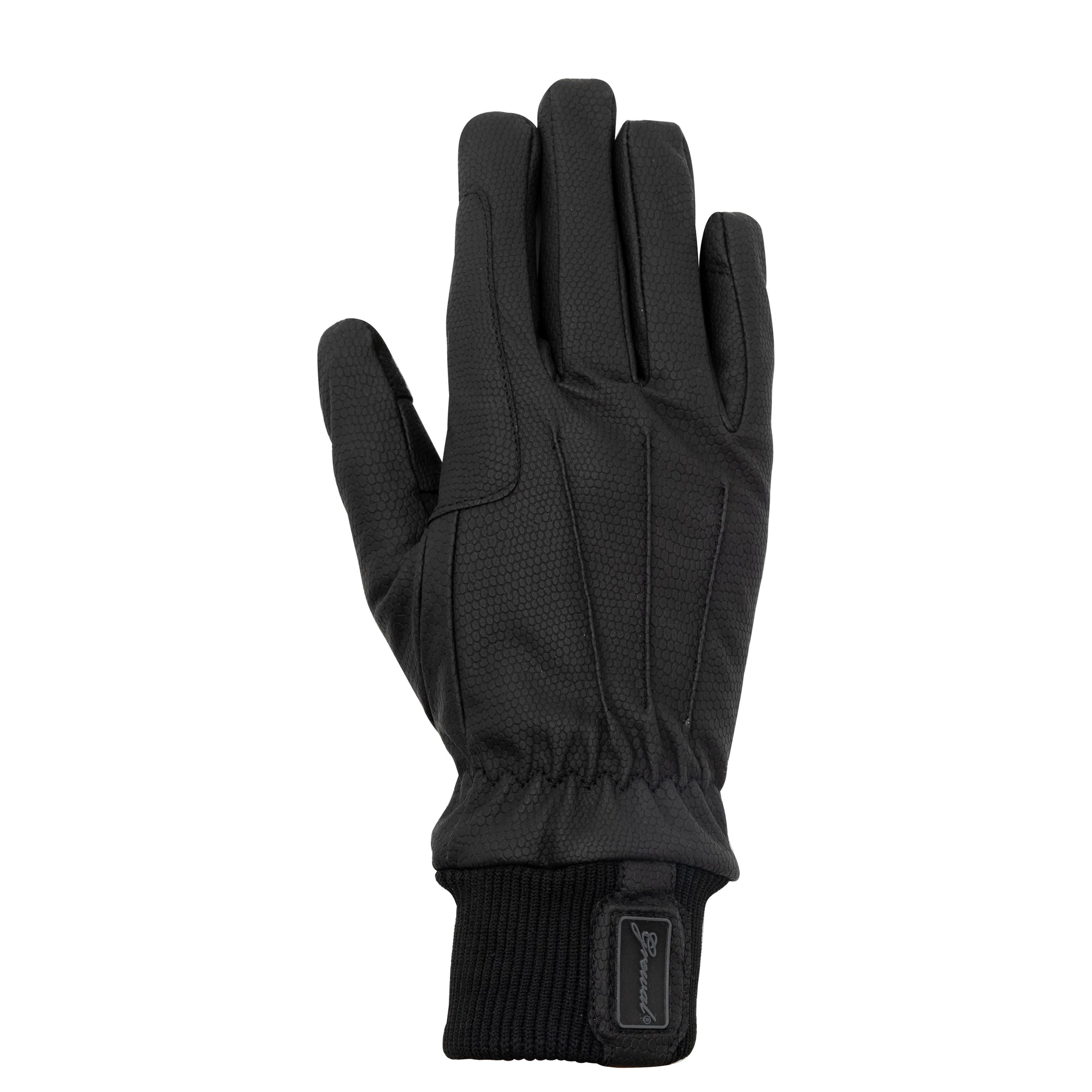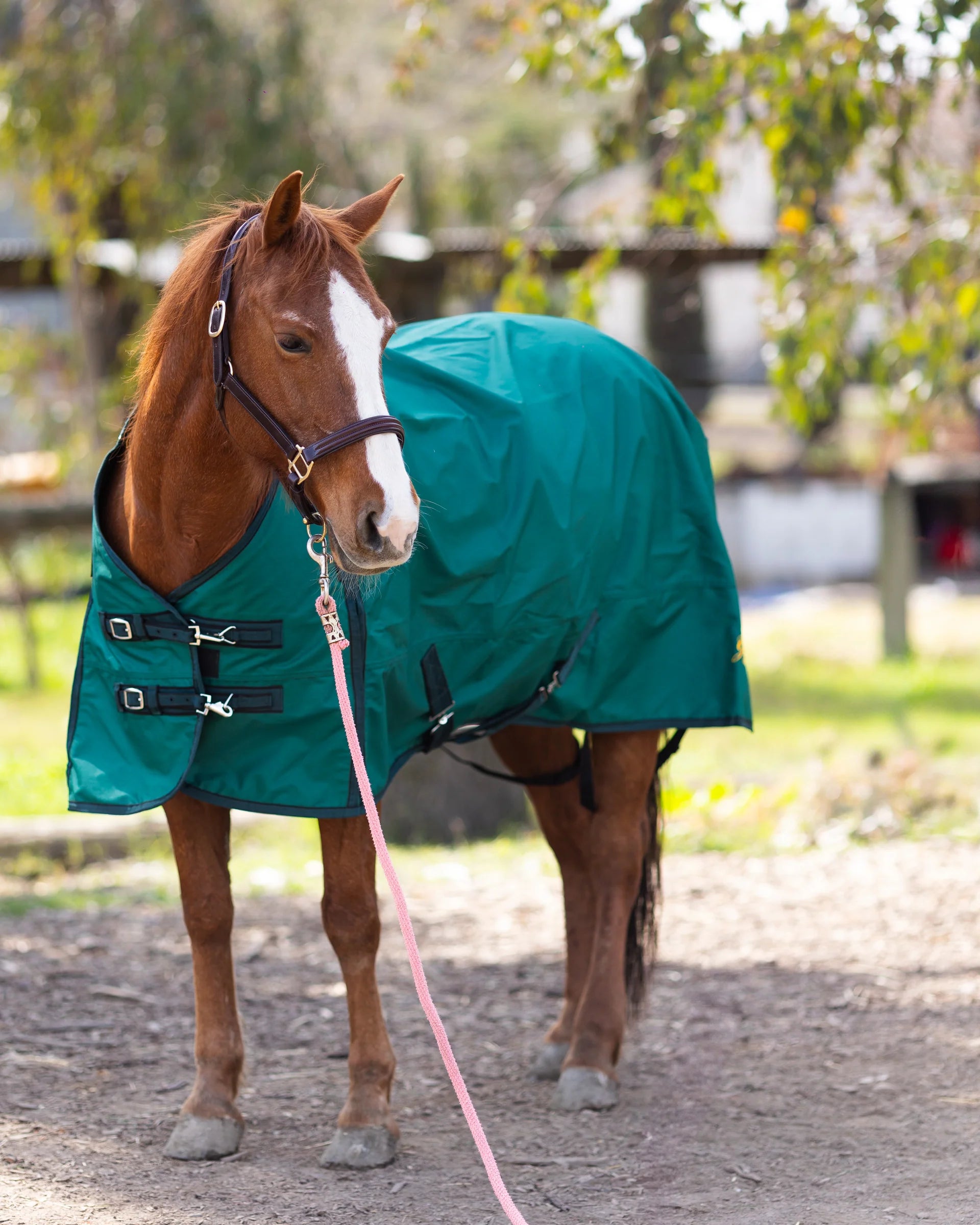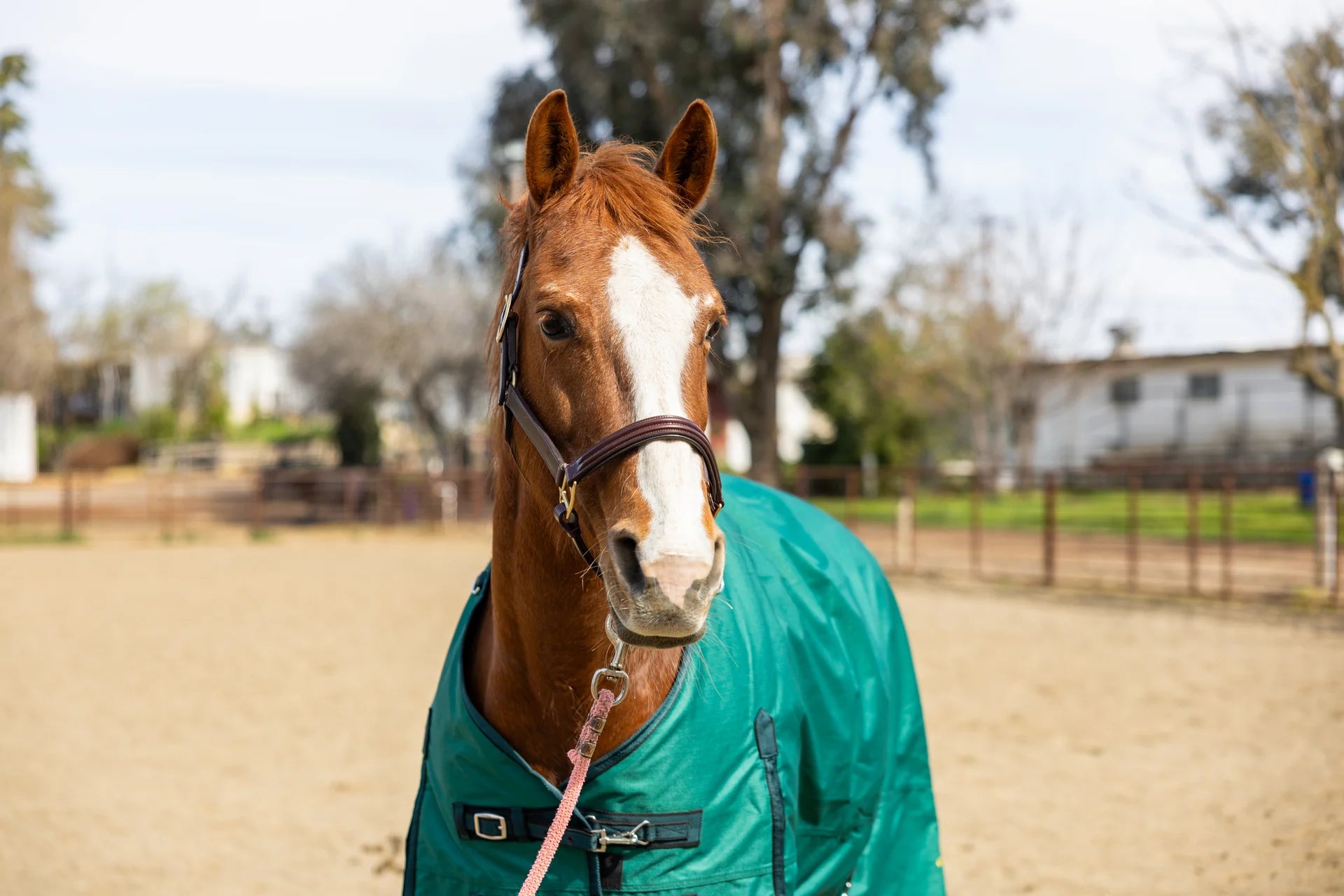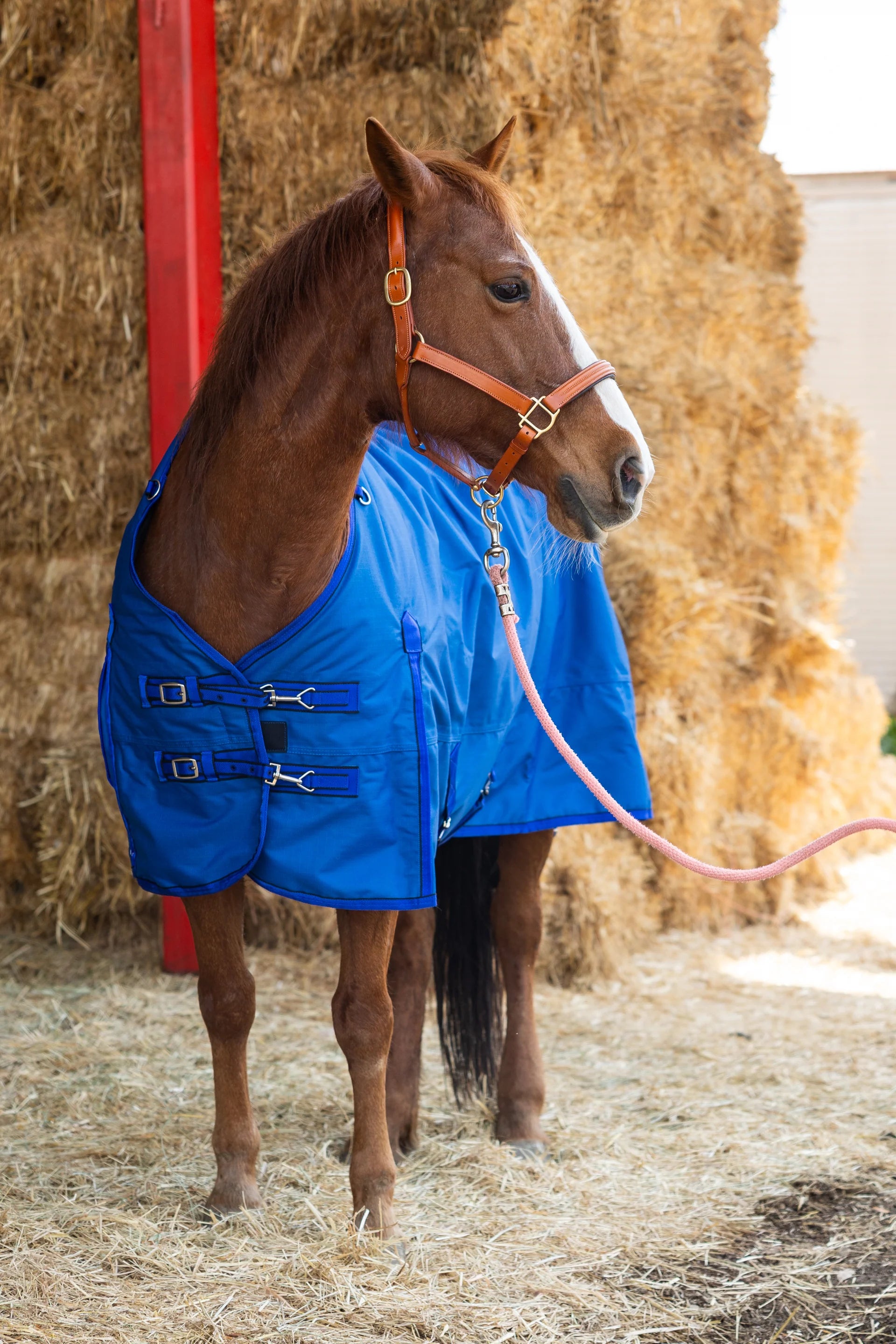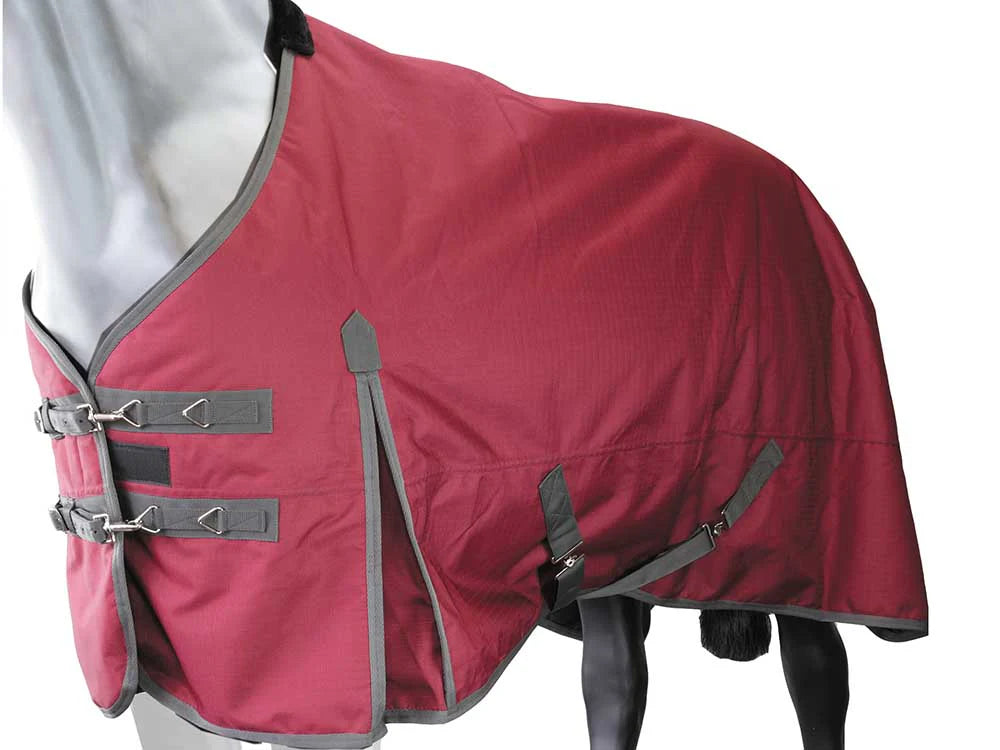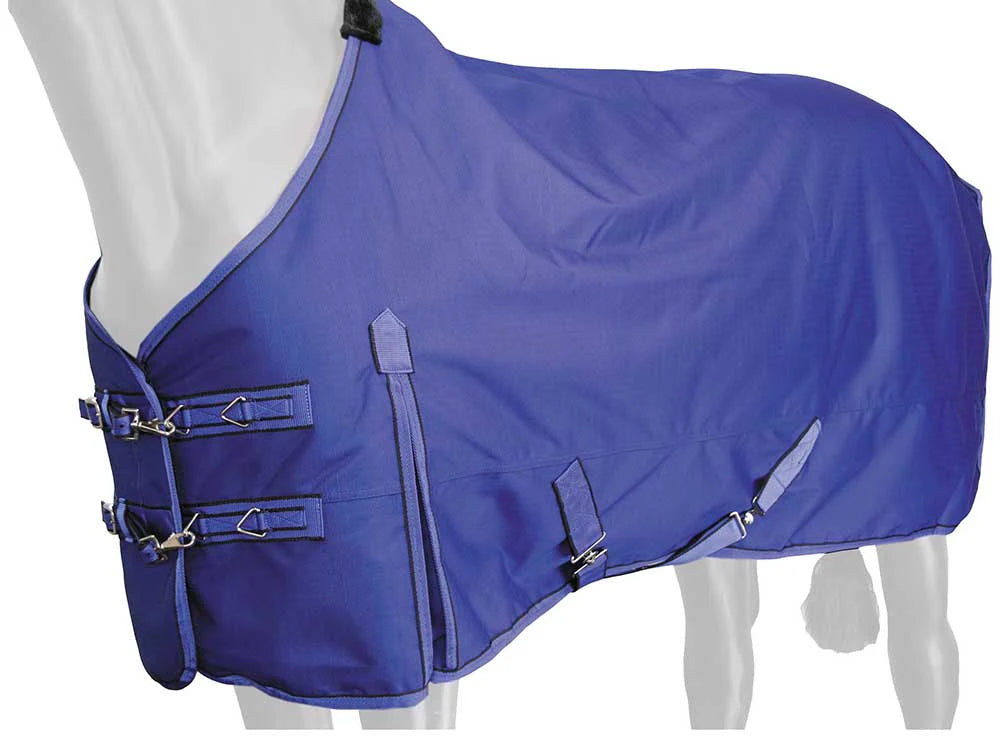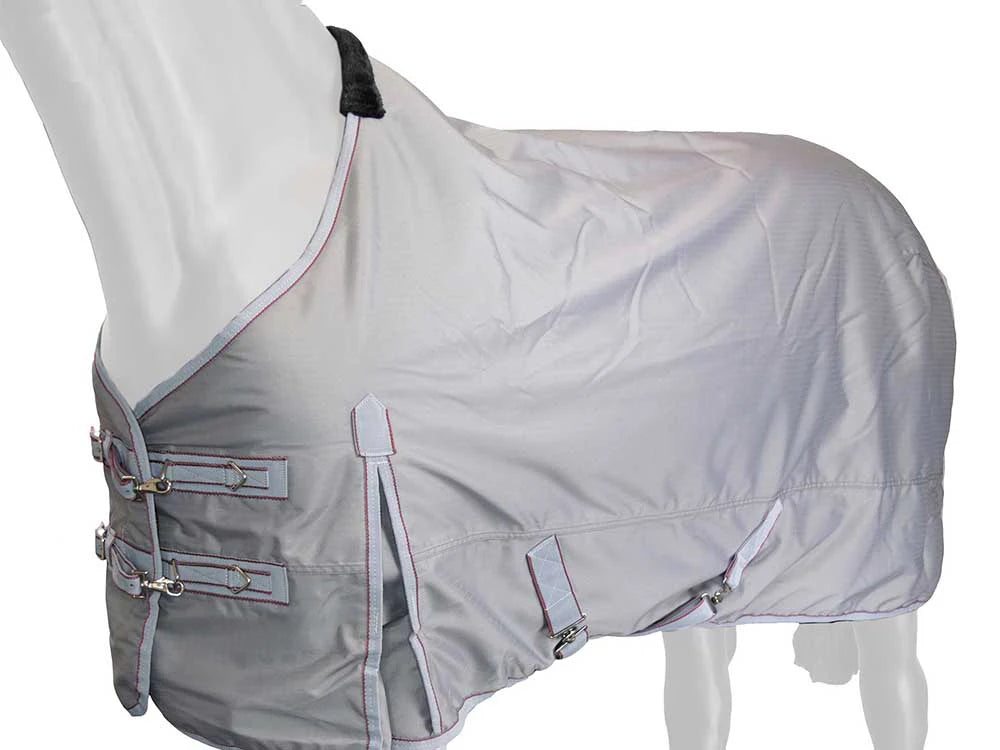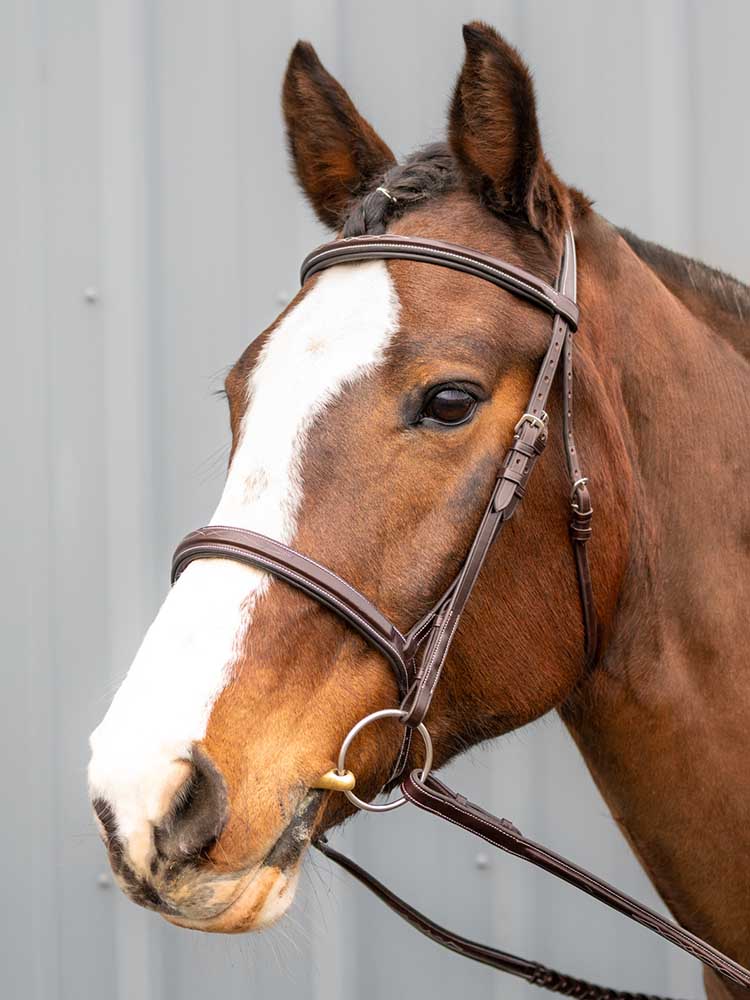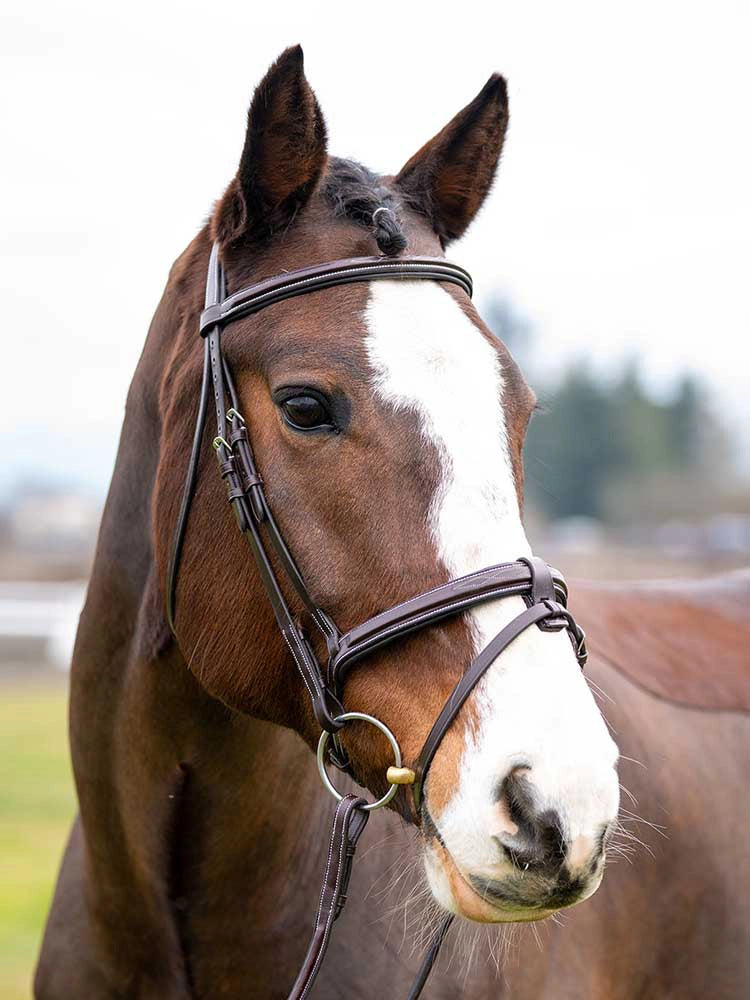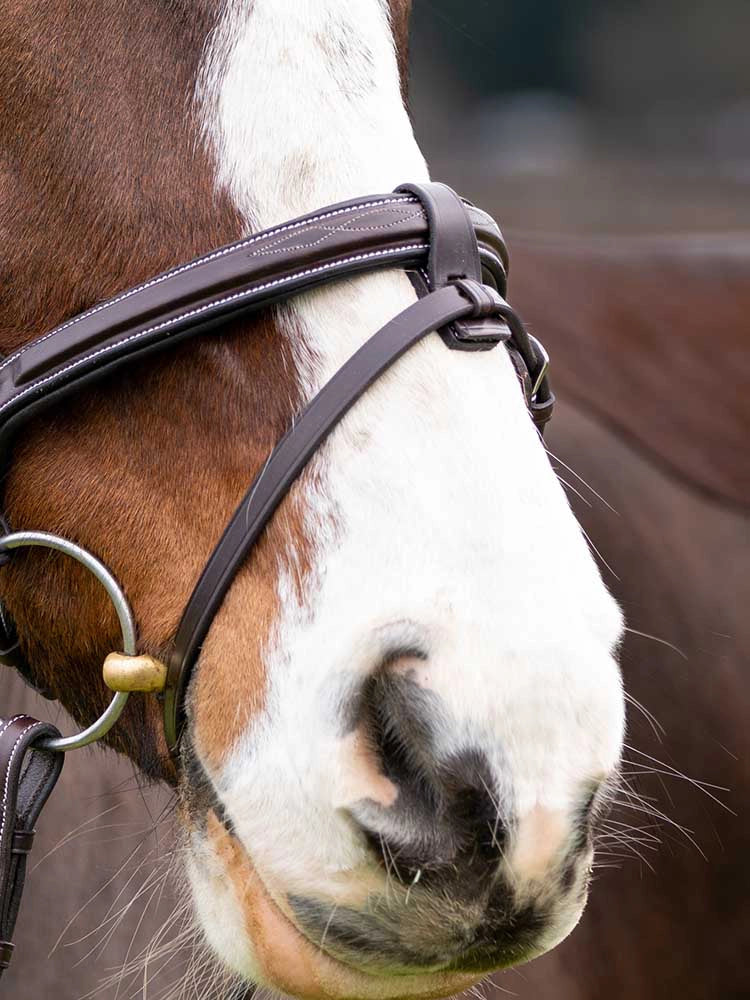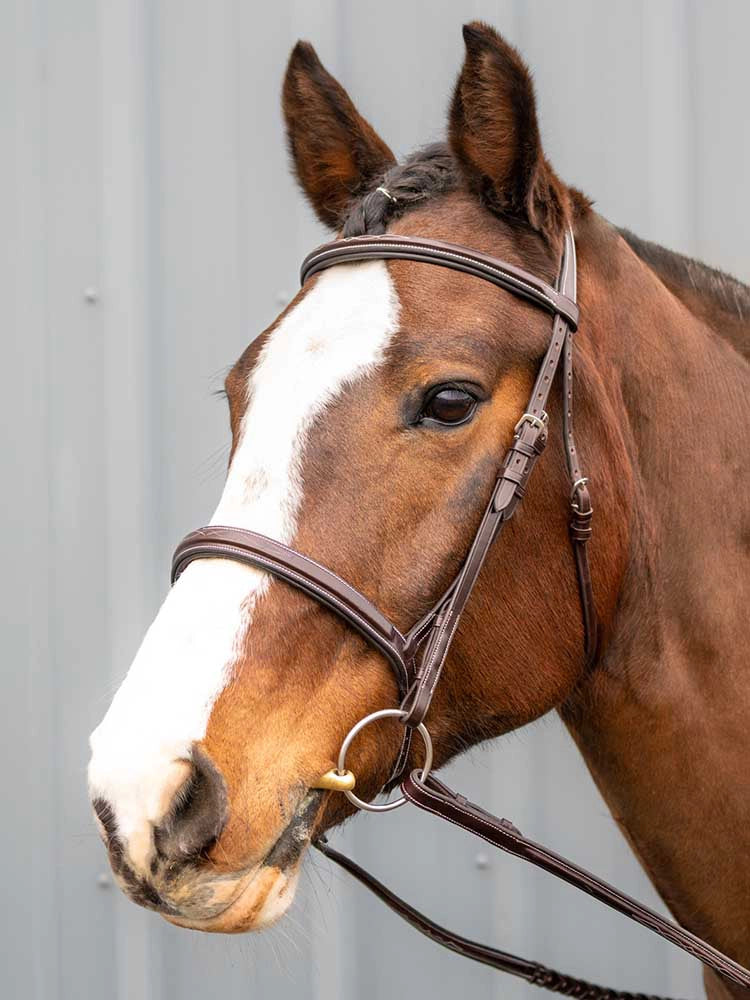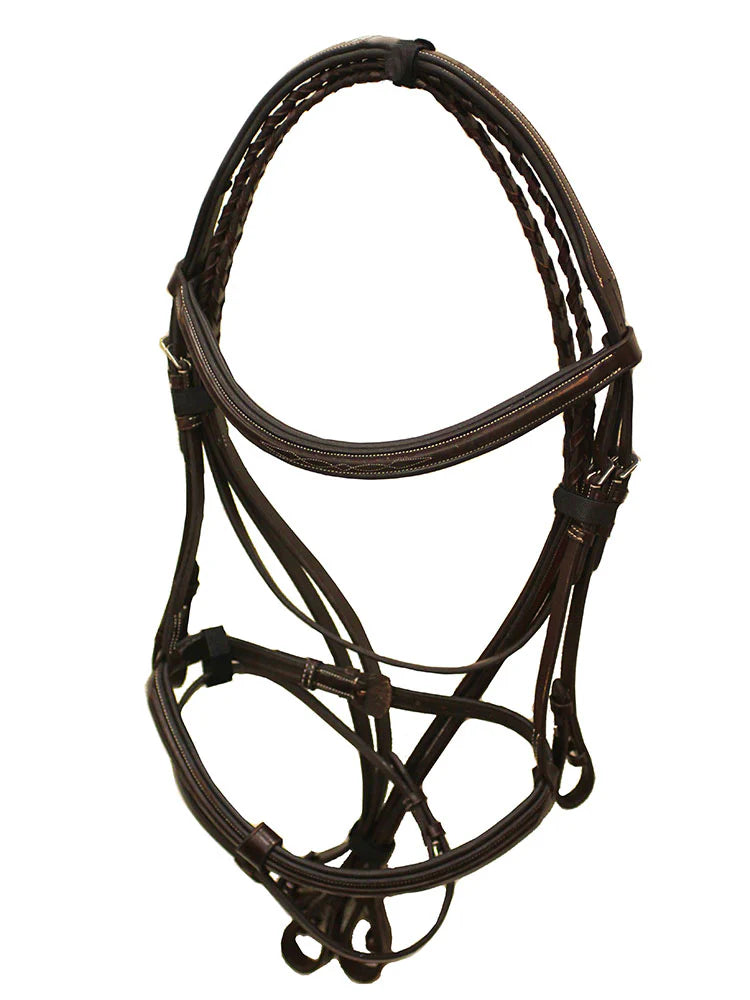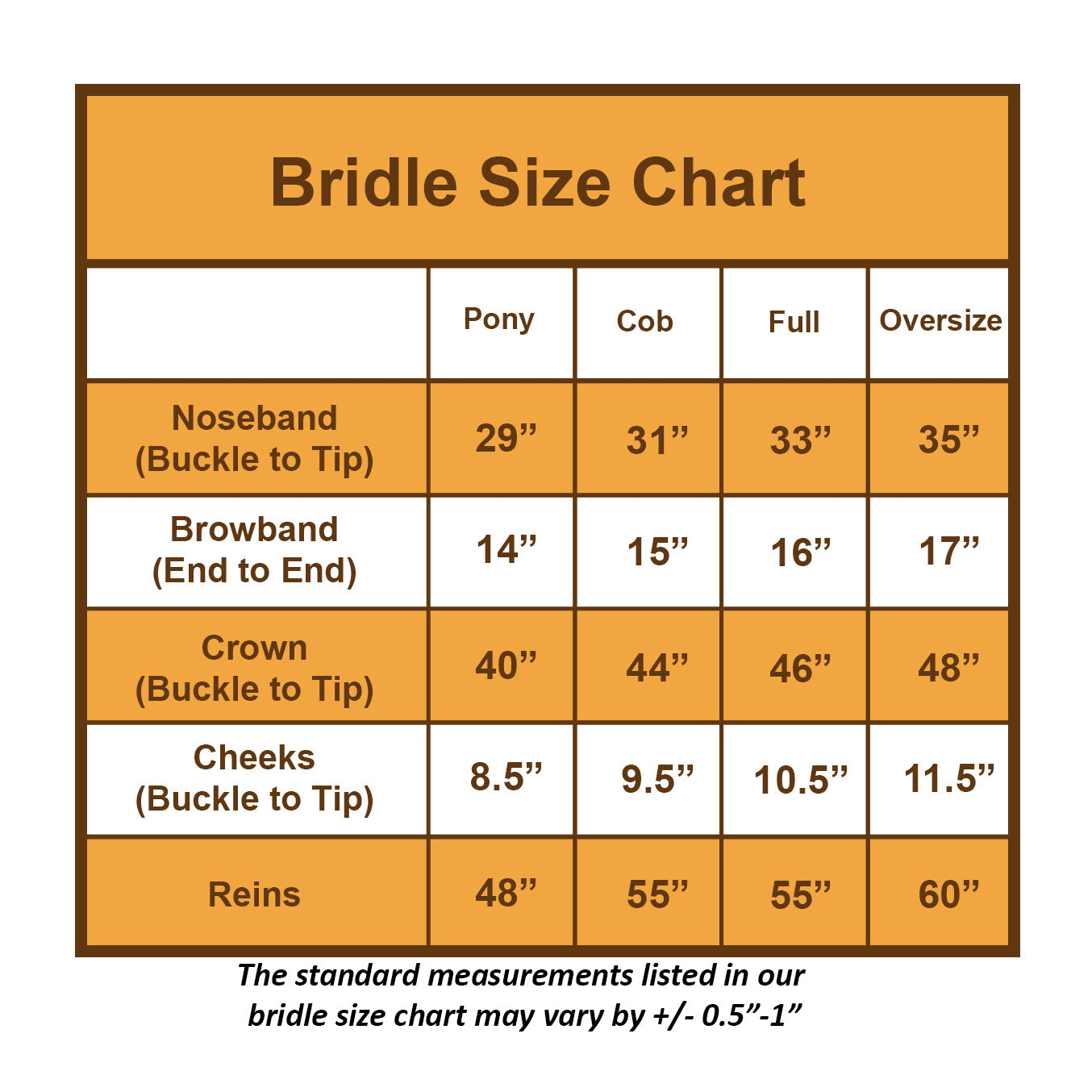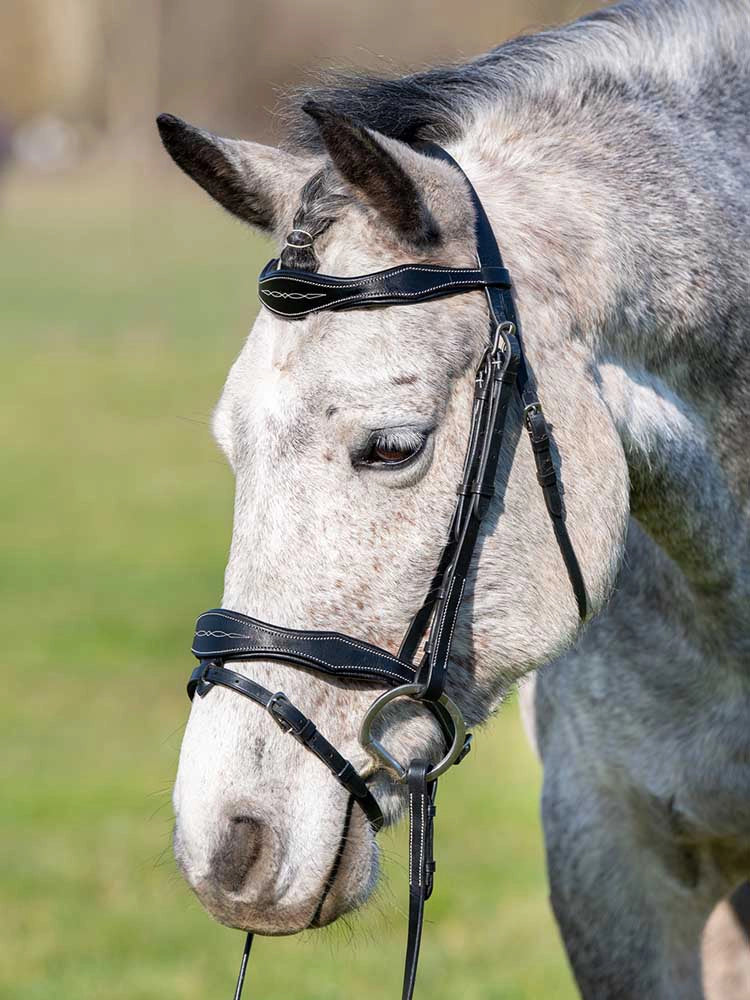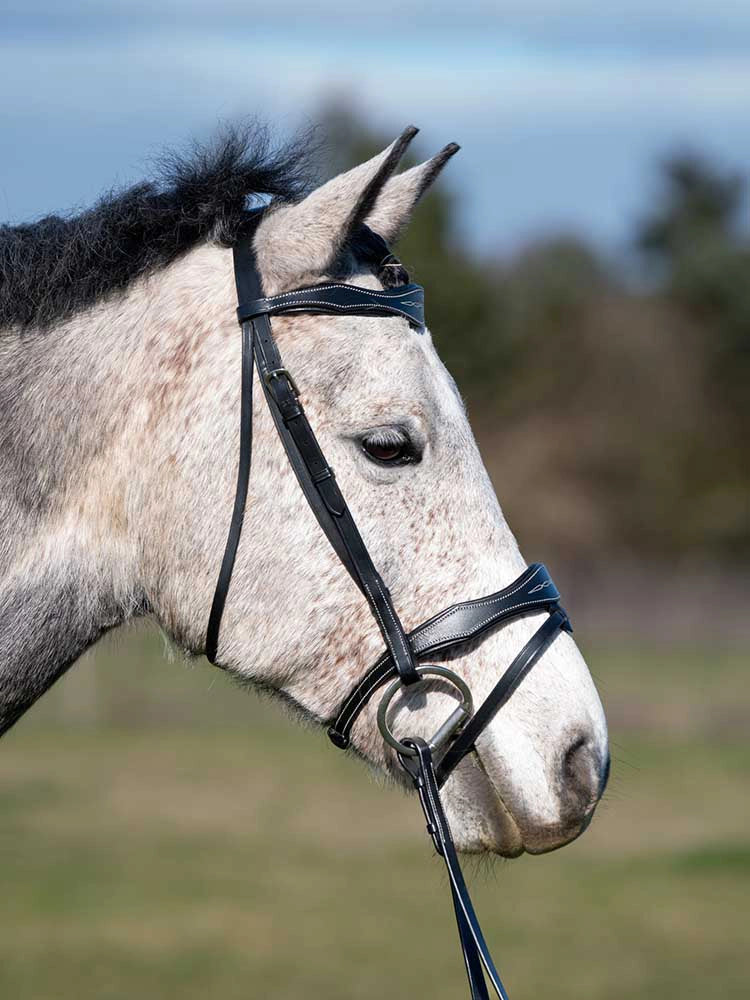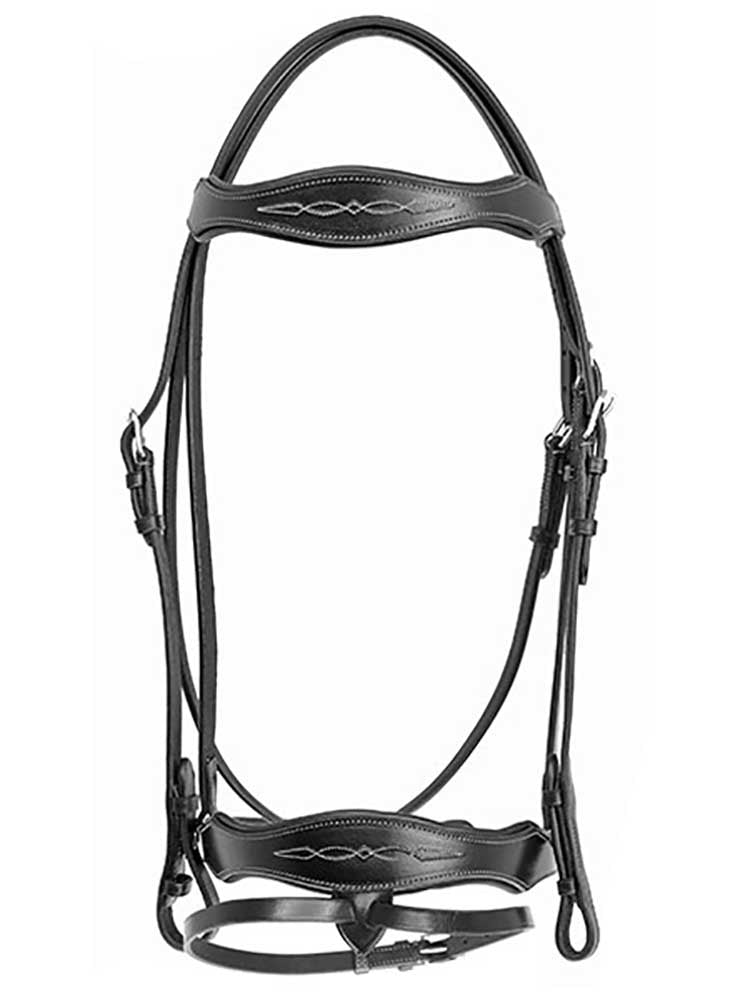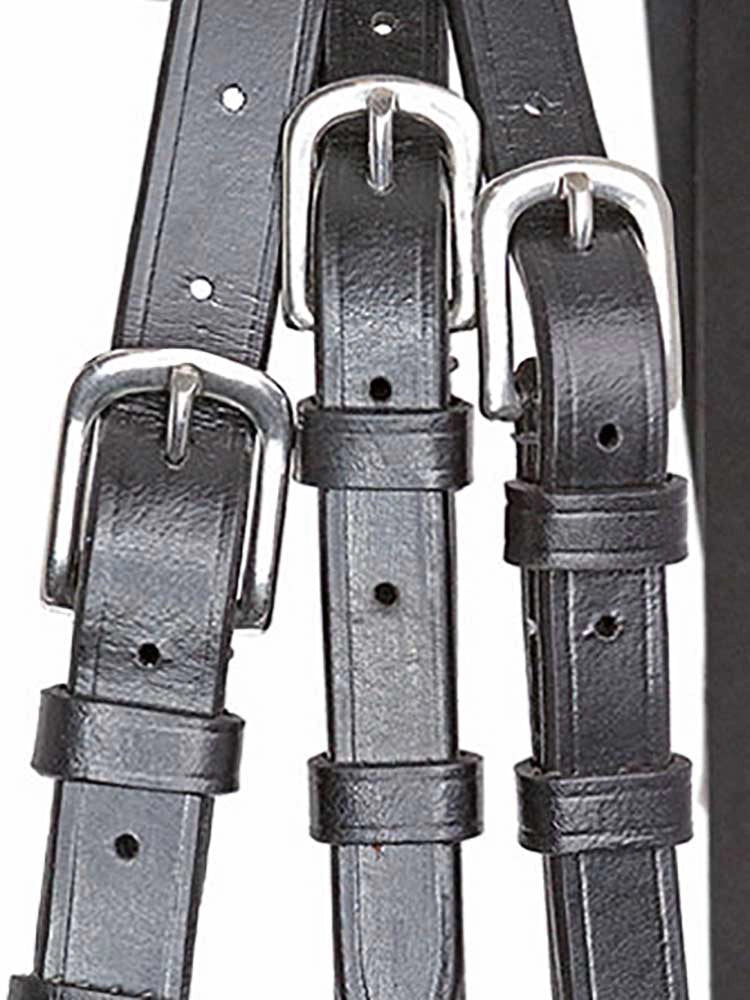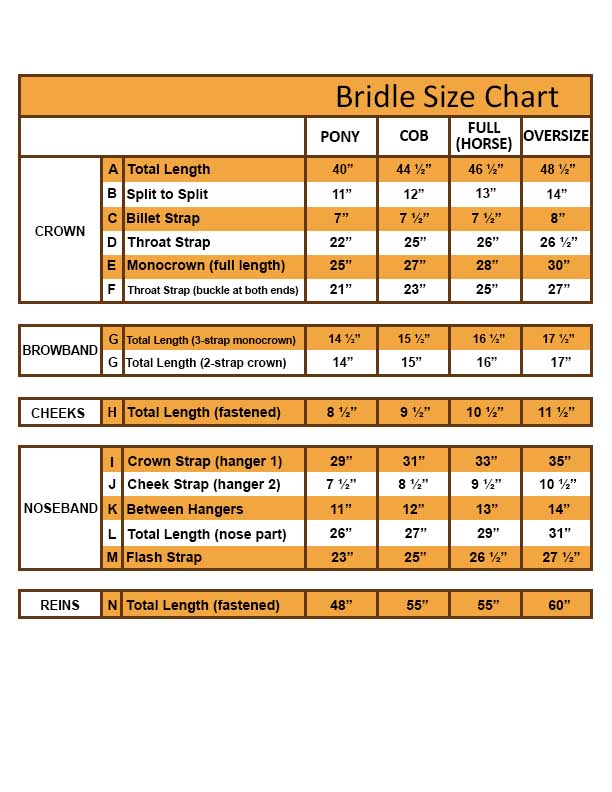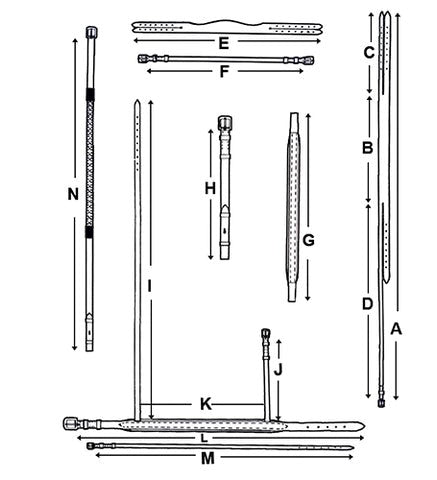Why should your horse wear horse boots? For the same reason riders wear a helmet—protection. Equestrians know that horses are remarkably good at finding ways to injure themselves, so preventative gear like horse boots and wraps are essential. They’re a small investment compared to the cost of treating leg injuries.
Why Use Horse Boots?
Injuries to a horse’s legs often occur when one hoof strikes another leg—especially if the horse is shod. At the gallop, trot extensions, jumping, or even during playful bucking, the hind hoof may clip the front heel, pastern, fetlock, or tendons. Even front hooves can strike one another. This is where horse boots come in: offering targeted protection where it’s needed most.
Not every horse needs boots, but for athletic, young, or older horses—or any horse being asked to perform—they’re a no-brainer for performance and prevention.
Common Types of Horse Boots and What They Do
Bell Boots
Bell boots protect the heel of the front foot from being struck by the hind hoof—a condition called overreaching. Riders across disciplines rely on bell boots for lunging, jumping, dressage, eventing, turnout, trailering, and more. They also help prevent pulled shoes.
-
Fleece-Lined Bell Boots are ideal for sensitive horses, offering extra padding and rub protection.
-
Double Velcro Bell Boots make for quick on-off convenience.
-
Pull-On Bell Boots are favorites among eventers because they stay on securely during intense activity.
Open Front Tendon Boots
Popular with jumping and eventing riders, these boots protect the tendons while allowing the horse to feel a light rub from the jump—encouraging a tidy form. Leather styles with buckles, like the traditional open front tendon boots, are show-ring approved and often used in equitation classes.
Fetlock Boots
Also called ankle boots or brushing boots, fetlock boots prevent injury from interference between the hind legs—a common problem for horses that travel closely behind.
Polo Wraps
Polo wraps are beloved across many riding disciplines. Originally used in the sport of polo, they provide flexible support and protection. They require even wrapping and come in countless colors. Dressage riders often favor white polo wraps for everyday schooling and warm-up rings.
Splint Boots / Galloping Boots / Sport Boots
These full-coverage leg boots protect the cannon bone, tendons, and fetlocks. They’re especially helpful for horses prone to brushing or interference. Materials range from neoprene to leather, and they are secured with velcro or buckles. Many are reinforced on the inner leg to guard the splint bone, a vulnerable area on the inside of the leg.
Shipping Boots
When traveling, your horse’s legs are at risk—especially during loading and unloading. Shipping boots like the Grewal Travel Boots offer padded, full-length protection and help keep horses safe and secure in the trailer.
Choosing the Right Horse Boots
Horse boots come in a wide range of styles and functions. The right set can prevent injury, reduce strain, and give you peace of mind—whether you're riding at home, competing, or trailering. After workouts, remove the boots and hose your horse’s legs with cold water to cool the tendons and minimize inflammation.
Horse boots are a small act of care that can make a big difference in your horse’s comfort and soundness.
Shop Horse Boots and Wraps at Grewal Equestrian
Explore Grewal Equestrian’s hand-selected horse boots designed for performance, comfort, and protection:
-
Fleece-Lined Bell Boots: A great choice for sensitive horses. The soft fleece lining prevents rubbing, while velcro closures make them easy to put on and take off.
-
Open Front Leather Tendon Boots: A classic choice for showjumping and equitation riders looking for protection without sacrificing feel.
-
Ribbed Bell Boots: Made with premium rubber and secure double hook-and-loop closures, these boots are easy to use, stay in place, and rinse clean with a hose.
-
Grewal Travel Boots: With full-leg trailer protection, water-resistant fabric, contoured padding, and quick-close straps, they offer comfort, support, and easy on-off in the trailer.
-
Polo Wraps: Flexible and professional, ideal for flatwork.
Browse our full collection of horse boots here to keep your horse protected and performing at their best.





